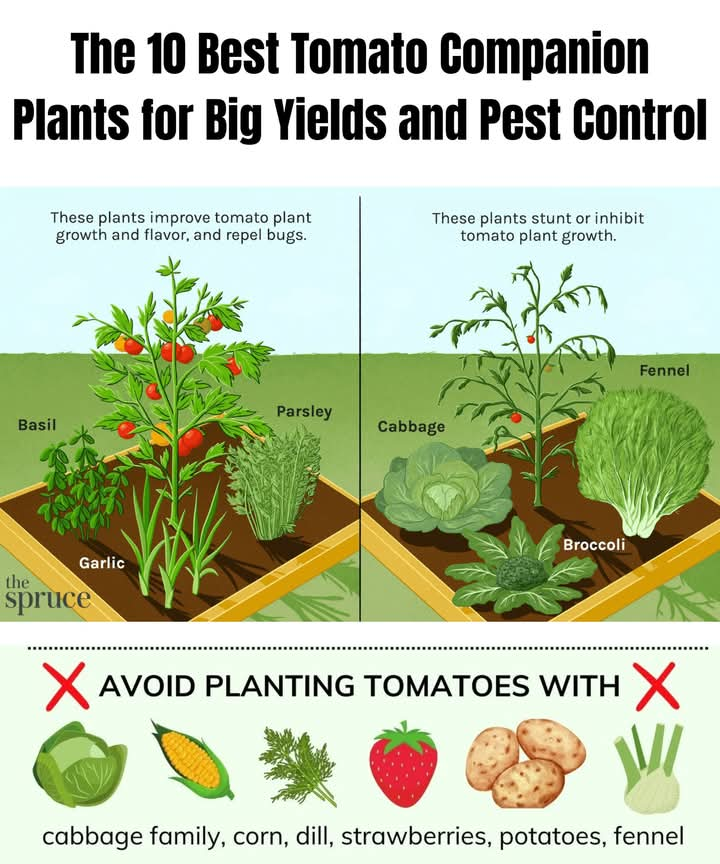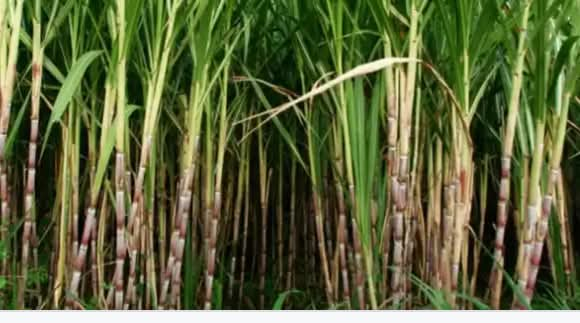Strategies to Maximize Sugar Cane Farming
Strategies to Maximize Sugar Cane Farming:
Maximizing sugar cane farming requires a combination of strategic planning, efficient practices, and continuous improvement. Here are some strategies to optimize sugar cane farming:
1. Selecting the Right Variety:
Choose high-yielding and disease-resistant sugar cane varieties suitable for your region’s climate, soil type, and other environmental conditions. Consult with agricultural experts or local agricultural extension services for recommendations.
2. Soil Preparation and Management:
Ensure proper soil preparation by conducting soil tests to determine nutrient levels and pH. Implement soil amendments as necessary to optimize soil fertility and structure. Employ techniques such as minimum tillage to reduce soil erosion and maintain soil health.
3. Optimal Planting Practices:
Plant sugar cane during the appropriate planting season, considering local climate patterns and rainfall. Use healthy and disease-free seed cane, and plant it at the recommended spacing and depth for optimal growth and yield.
4. Fertilization and Nutrient Management:
Develop a fertilization plan based on soil test results and crop nutrient requirements. Apply fertilizers at the right time and in the correct amounts to ensure adequate nutrient supply throughout the growing season. Consider using organic fertilizers and soil amendments to improve soil health and fertility in the long term.
Timing plays a vital role in maximizing the effects of fertilizer applications. Sugar cane plants have specific growth stages, and fertilizers should be applied accordingly.
During the early growth stages, focus on providing nitrogen-rich fertilizers to promote vigorous leaf and shoot growth. Later in the growth cycle, switch to a fertilizer blend with a higher phosphorus content to support root development and flowering.
To minimize nutrient leaching and ensure efficient uptake, it is essential to adopt appropriate fertilizer application techniques.
Split application, where fertilizers are applied in multiple doses during the growing season, can reduce losses and maintain a consistent supply of nutrients to the plants
5. Weed Control:
Implement effective weed control strategies to minimize competition for nutrients, water, and sunlight. Use a combination of cultural practices (such as crop rotation and cover cropping), mechanical methods (such as hand-weeding and cultivation), and judicious use of herbicides to manage weeds efficiently.
6. Pest and Disease Management:
Monitor sugar cane fields regularly for signs of pest infestations and diseases. Implement integrated pest management (IPM) strategies, including biological control, cultural practices, and targeted use of pesticides, to minimize pest damage and reduce reliance on chemical inputs.
7. Irrigation Management:
Manage irrigation efficiently to ensure adequate moisture levels for sugar cane growth, especially during critical growth stages. Use irrigation scheduling techniques based on crop water requirements, soil moisture monitoring, and weather forecasts to optimize water use efficiency and minimize water stress.
8. Harvesting and Post-Harvest Handling:
Time harvesting operations to coincide with optimal sugar content and maturity levels. Use appropriate harvesting equipment and techniques to minimize losses and damage to the cane stalks. Implement proper post-harvest handling practices to preserve sugar quality during transportation and processing.
Recommended by LinkedIn
Understanding Sugarcane Production Technology in…
Kashif Shahani 7 months ago
Feed Optimization in Shrimp Tank Farming: A Key to…
Franco Alfredo Cerda Dubó 4 months ago
Vegetable Farming Market Size, Projections of Share…
Market Research Network 1 year ago
9. Crop Rotation and Diversification:
Practice crop rotation with legumes or other non-sugar cane crops to improve soil fertility, break pest and disease cycles, and reduce soil erosion. Diversify farm income by integrating other compatible crops or livestock into sugar cane farming systems.
10. Continuous Monitoring and Adaptation:
Monitor key performance indicators such as yield, sugar content, input costs, and profitability regularly. Keep abreast of new research, technological advancements, and best practices in sugar cane farming, and be willing to adapt your strategies accordingly to optimize farm productivity and sustainability.
By implementing these strategies and continuously improving farming practices, sugar cane growers can maximize yields, quality, and profitability while promoting environmental sustainability and resilience in their farming operations.
Stage-wise fertilizer used in sugarcane farming:
Stage-wise application of fertilizer for sugarcane farming is an important aspect of maximizing crop productivity. Here is a general guideline for fertilizer application during different stages of sugarcane growth.




